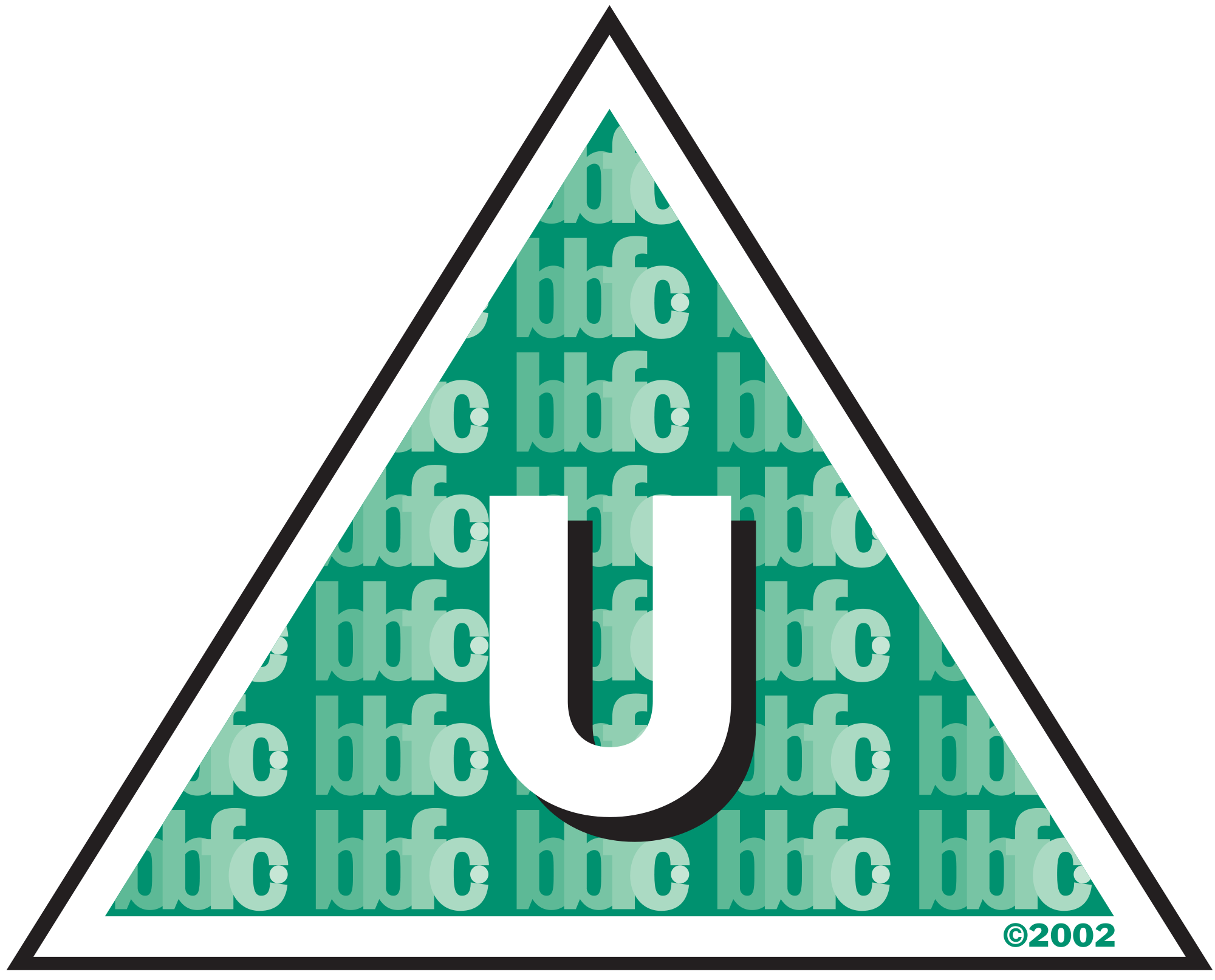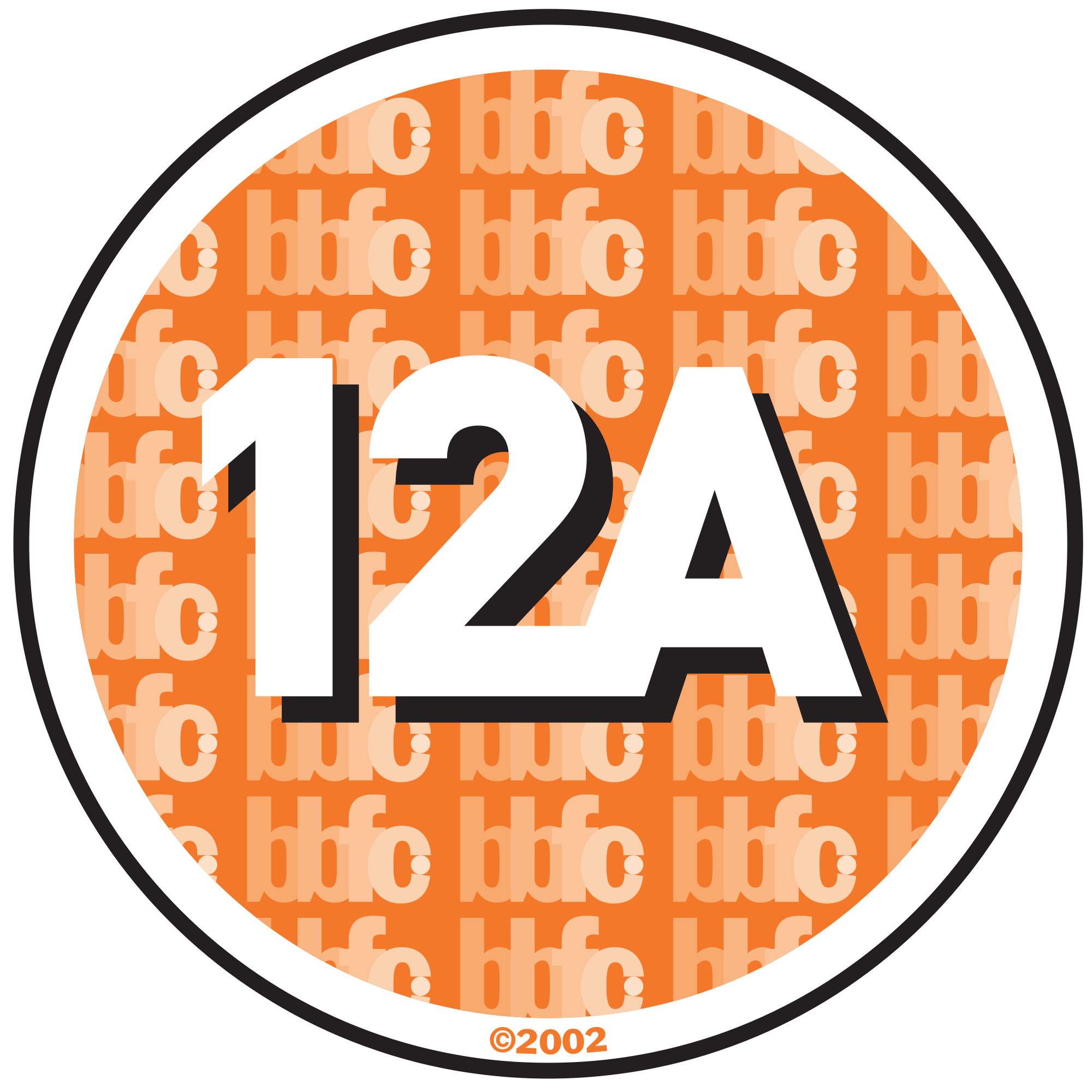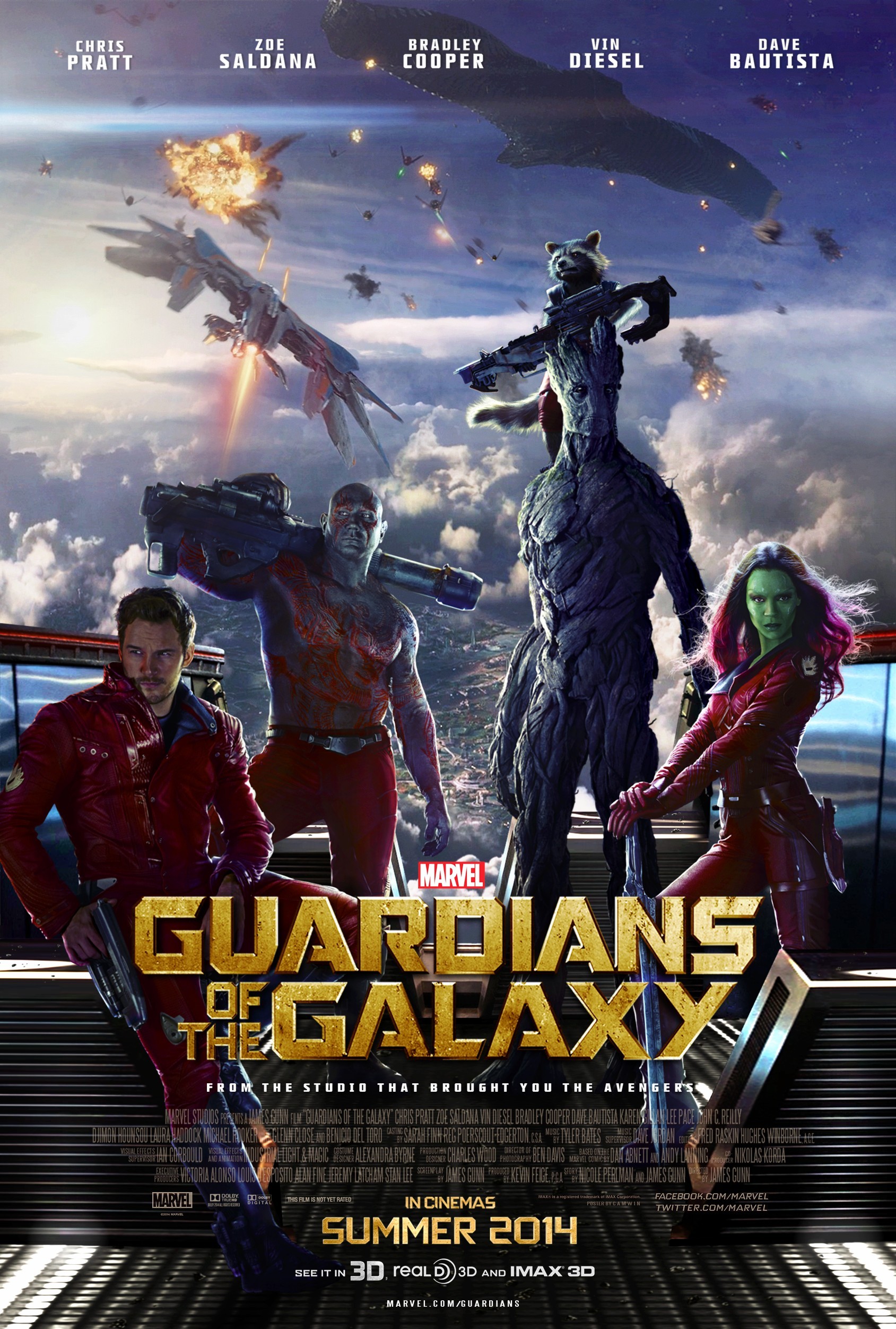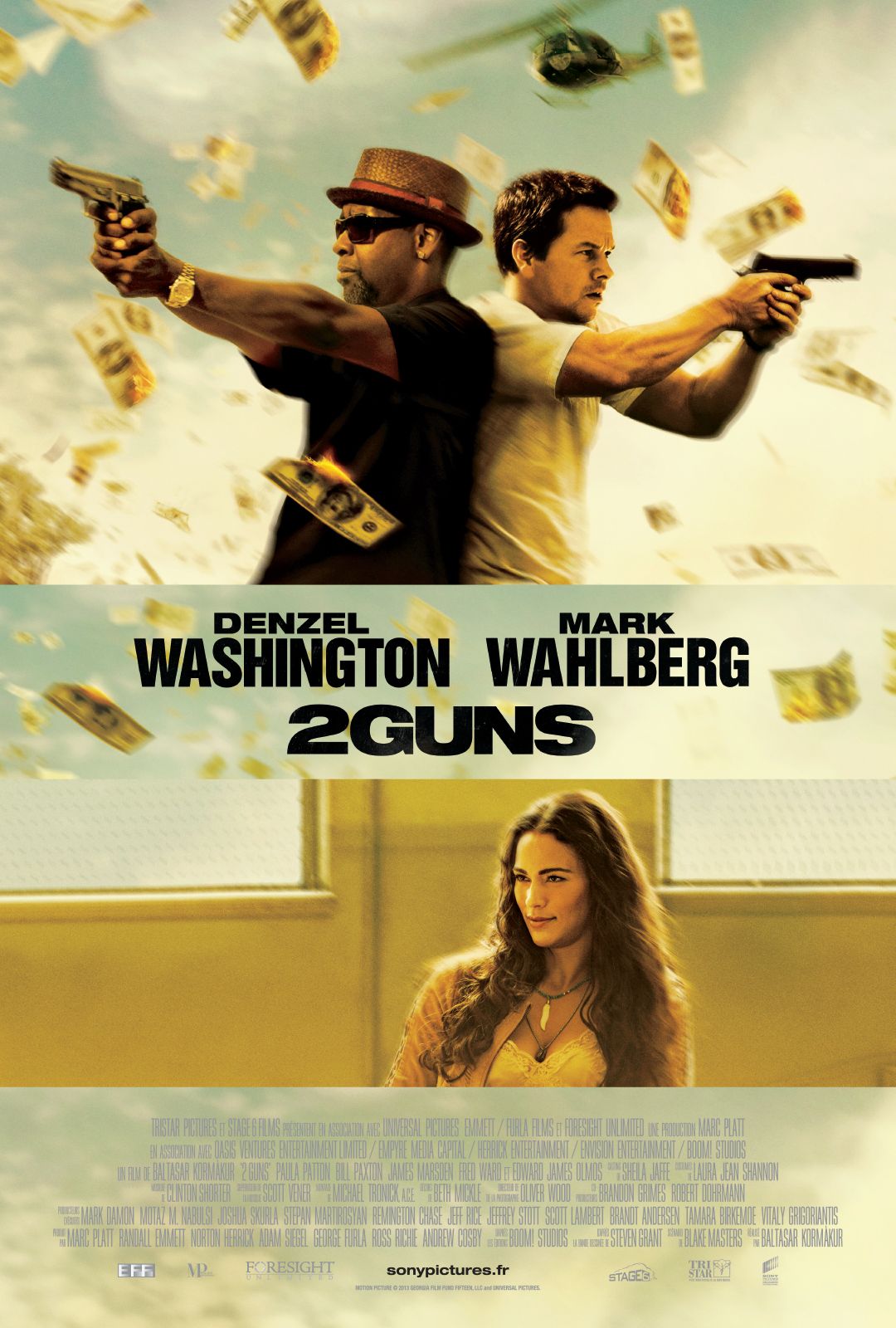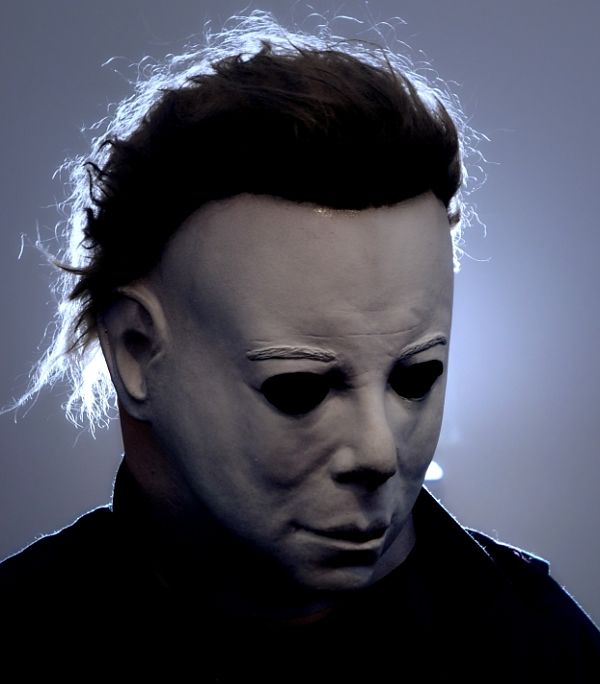Research into Target Audience
My group and I have carried out research in aim to discover people's personal preferences in regards to an ideal thriller in hope to aid us to produce a good opening sequence and enable us to get a good idea in regards to an appropriate target audience. We decided to create a questionnaire for 40 participants as we felt this would make our results more reliable and inform us on our audience's ages and preferences.
Questionnaire
Below is the questionnaire that my group and I created. We chose these ten questions as we felt they related to thriller films and would produce answers that would enable us a group to use the information we gather to create an effective likeable opening thriller scene while remaining in regulations of our chosen target audience. We asked questions in regards to age and gender to determine who likes what and to produce a good idea of an audience who would enjoy our thriller opening sequence.
Vox Pops: Question Evidence
Vox pops are video questionnaires that the public has been asked to participate in so they can be viewed at a further point and provide evidence that the correct questions were asked and that they relate to the topic.
Vox Pop 1
Vox Pop 2
Vox Pop 3
Questionnaire Results
Question 1
Question 2
I also asked individuals taking part in my questionnaire what age group they fell into. I asked this to determine an accurate idea of a target audience. This was an important question to ask as age determines the certificate of a film. The findings show that the majority who took part in the questionnaire fell into the age group of 16-18, this means that the majority of the results collected will relate to this age group. The second most common age group was the 13-15 category.
Question 3
'What type of thrillers do you enjoy?' is another question my group and I asked participants. We asked this question in order to inform us on what sub-genre of thrillers people most enjoy out of the above categories so that we as a group could apply this information when creating our thriller narrative. Findings gathered show that the most popular sub-genre of thrillers enjoyed was a psychological thriller. The second most popular sub-genre was a scary/horror thriller.
Question 4
The above question was asked to participants in order to determine whether they preferred a hidden identity theme within a thriller film. Findings show that the majority of participants who answered the questionnaire said they did prefer it when the identity of the antagonist is kept hidden. Using these findings my group and I have decided that this is something to include in our opening sequence as the results show that this is a likeable feature of a thriller film and it fits conventions. Therefore we believe it would be an effective theme to use within our thriller opening sequence.
Question 5
Participants were asked 'How do you prefer a victim to be murdered in a thriller film?' This question was asked as my group and I were curious to see how the audience would prefer the victim to be killed. As the question asked was an open question we received varied responses. However, the most common response regarded the use of a weapon e.g. gun, knife, chainsaw. This is useful for my group and I to know as we can incorporate the idea of iconography into our own opening sequence as our findings show the audience would enjoy this more. However, as the majority of participants said they would want this, we can suggest that they would expect to see this in a thriller therefore this may make the opening sequence too predictable for the audience causing a lack of excitement unless my group and I can come up with an idea into how to incorporate the use of weapon that is not predictable and still thrilling and scary for the audience, in order to generate excitement and apprehension - conventional thriller audience responses.
Question 6
Question 7
My group and I asked participants what they disliked about thriller films. We asked this question as we were curious on what people generally dislike about thriller films. The question asked was an open question as there again was a variety of options of what people may not like about thriller films. We sorted categories within this for the results included the categories Jumpy (27.5%), Scary (10%), Overdramatic (10%), Boring (2.5%), Other (50%). Most people selected 'other' as their answer as we found a large sum of varieties of answers for the question. This question was good and helped us because we now know what people dislike about thriller films, and it helps us to decide what we should and shouldn't put in to our opening sequence and helps us decide on our target audience.
Question 8

Question 8 was also a closed question as there was only two options for participants to choose from. This question was important to ask as we wanted to know whether the audience prefer a Female or Male victim in thriller films. The results included 90% choosing Female and 10% choosing Male. This was the result that I expected as a female victim is the most conventional victim within a thriller film. It is unconventional for in a thriller film for there to be a Male victim. The use of a Female victim creates suspense and tension and sympathy for the female victim character.
Question 9
Question 9 was again a closed question. This question was about weather the audience enjoys jumpy scenes within thriller films. This is a closed question because there is only two options for the audience to answer or to choose. The options were Yes (92.5%) and No (7.5%). We found that from the people that we asked that most people enjoy jumpy scenes and that it wouldn't be a thriller film and that tension, apprehension, enigma and surprise are created with the aid of jumpy scenes.
Question 10
Conclusion
In conclusion, creating the questionnaire and asking 40 people about thriller films has allowed us to decide on a target audience and what our audience may like to see from a thriller film. What they find conventional and what will make the audience be hooked and want to continue watching the thriller film.











